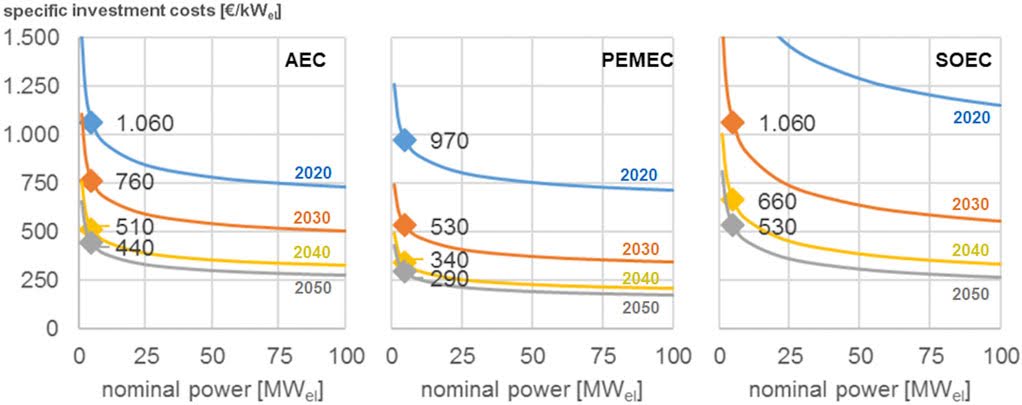News
Decoding Dollars & Cents of CO2: A Look at Utilization Economics

For engineers and researchers charting the course towards a sustainable future, the allure of carbon capture and utilization (CCU) technologies is strong. Turning a potent greenhouse gas into valuable products like methanol and methane, the so-called "power-to-X" pathway, holds immense promise. But before we declare victory in this economic and environmental equation, a newly published analysis urges a critical pause.
A report from “Frontiers in Energy Research” dissects the current state-of-the-art in power-to-X economics, cautioning against taking techno-economic results at face value. While numerous studies tout the potential of converting captured CO2, the analysis reveals a significant divergence in their conclusions. This isn't just a matter of differing assumptions; it underscores a fundamental need for contextual awareness and a deep understanding of the evaluation's limitations.
The authors emphasize that the economic viability of CO2 utilization isn't solely about the cost of conversion. Factors like the specific application, potential industrial synergies, and the broader energy transition landscape are crucial yet often overlooked. Focusing solely on technology readiness levels without considering the entire value chain and the evolving energy-chemistry nexus paints an incomplete picture.
Pilot and demonstration plants for CO2-to-methanol and methane are proliferating, signaling technological advancements. However, the leap to widespread industrial implementation remains hampered by an "innovation gap", a lack of a robust pipeline connecting nascent technologies with real-world industrial needs.
This insightful analysis serves as a vital reminder for engineers and researchers: approach the economics of CO2 utilization with a discerning eye. Don't just read the bottom line; understand the assumptions, the context, and the limitations. Only through a rigorous and holistic evaluation can we truly determine the economic and environmental feasibility of turning captured carbon into a cornerstone of a sustainable future.


